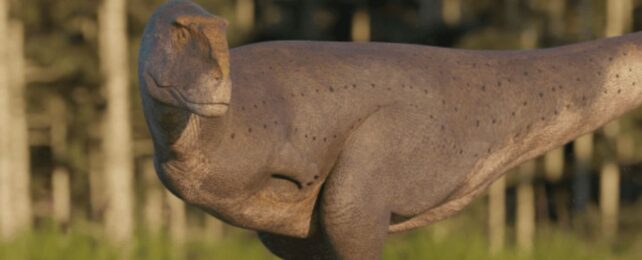The Tyrannosaurus rex has a big reputation for its puny little arms, but as paleontologists dig up more of its family members, the species is grappling with some competition.
In an arm wrestle with a newly found abelisaurid, the T. rex could have actually come out on top. In all probability, its stubby, weak upper limbs would have looked practically buff next to those of Koleken inakayali – a carnivorous, bipedal dinosaur whose bones were recently found preserved in Patagonia.
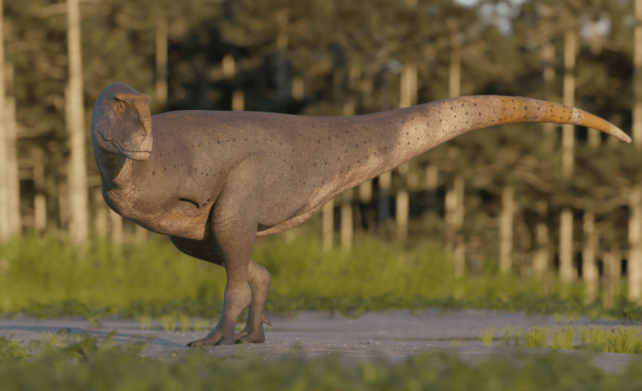
In its official scientific debut, the species is described as a unique abelisaurid that looks most similar to Argentina's famous Carnotaurus, or "meat-eating bull" – a fearsome beast with horns and bumpy skin that featured in Jurassic World.
K. inakayali doesn't have horns and is slightly smaller in size, but it and Carnotaurus sastrei were found in the same rock formation of Patagonia.
K. inakayali was not found with arm bones, but based on the rest of the skeleton's proportions, it probably had similar sized arms to Carnotaurus.
With immobile elbows and only rudimentary wrist joints, these unbendable appendages would have probably flopped against their girthy chests as they ran. Not even their four digits were capable of grasping objects.
At the end of the Late Cretaceous, roughly 90 to 66 million years ago, abelisaurids were the most abundant dinosaur on planet Earth. T. rex lived in North America and Asia, but its relatives in South America have produced the best fossil record anywhere in the world.
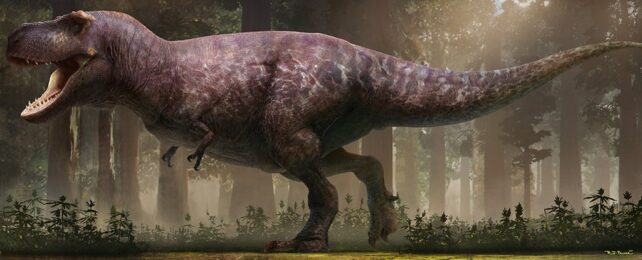
Paleontologists don't yet understand why abelisaurids, like T. rex, evolved such useless arms for hunting, or why they are so particularly small in fossils from South America. Although some argue that the claws of T. rex might have been used for "vicious slashing" or for holding on during sex, other experts suggest these weak, short limbs are evolutionary 'leftovers' from long gone ancestors.
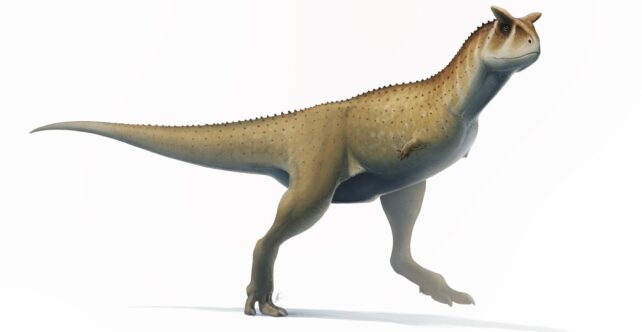
Perhaps as skulls swelled in size, abelisaurids came to rely more on their jaws than their upper limbs to grab prey. Over time, the clade of possible pack hunters might have even evolved shorter arms to avoid them being bitten off in a family feeding frenzy.
View this post on Instagram
Given the diversity of abelisaurids found across the world, there is likely more than one explanation at play. In 2022, scientists described an abelisaurid fossil found in South America that had dinky little arms and one of the smallest-brains recorded among its family members to date. The skull to arm trade-off hypothesis doesn't seem to apply in every case.
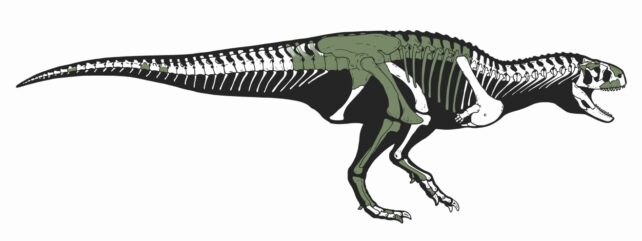
"This finding sheds light on the diversity of abelisaurid theropods in Patagonia right before the mass extinction event," says National Geographic explorer, Diego Pol, who unearthed the species with an international team from Argentina, the USA, and China.
"Our study also analyzes the evolution of abelisaurids and their relatives through time, and identifies pulses of accelerated rates of skull evolution in the Early Cretaceous. It expands what we know about abelisaurids living in this area during the Cretaceous Period and shows that they were more diverse than previously understood."
The study was published in Cladistics.
